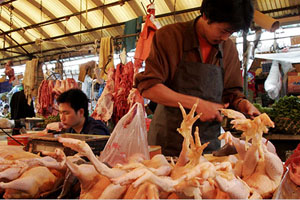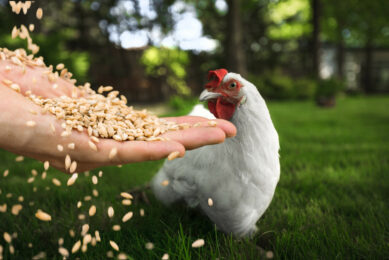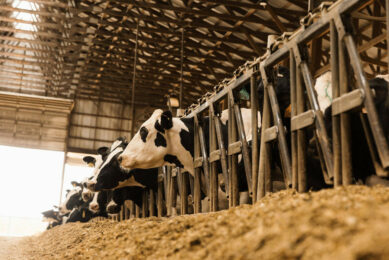Asian meat processing changing fast

Stimulated by government subsidies, China’s poultry meat processing in changing fast. Industrialised slaughter capacity is growing, but local market slaughter is not giving way either, resulting in a sub optimal use of professional capacity of only 40% in some regions and lively poultry trade at traditional local markets.
”The Asian trend is towards industrialisation, but it is not a linear trend’’, Rabobank’s director of Food & Agribusiness Research, Daron Hoffman, stated at a meeting of the International Poultry council.
However, the industrialisation of Chinese poultry slaughter is driving big changes in poultry production. Traditionally small producers supply local markets, but they aren’t capable of guarantying a steady and uniform enough stream of live birds to the new slaughterhouses. Hoffman: “Industrialisation asks for scaled farming. Large poultry farms can guarantee a steady supply, but lead to a higher demand on global commodities. Even with the same amount of animals, scaled farming is using 50% more grains compared to backyard farming, mainly due to the use of milled feed.’’
The Rabobank sees growth in China’s poultry production and bigger imports of feed commodities. “Most regional grain production is used for human consumption due to population growth. For feed use, China relies on the world commodity market. Cheap transportation by see makes imports of soy and grains from Brazil possible for feed-use.’’ Unfortunately feed efficiency in China is lagging behind compared to European and North American standards, putting a big claim on the world’s commodities. The enormous demand for feed ingredients from Asia and poor harvests have led to high commodity prices the last few years.











